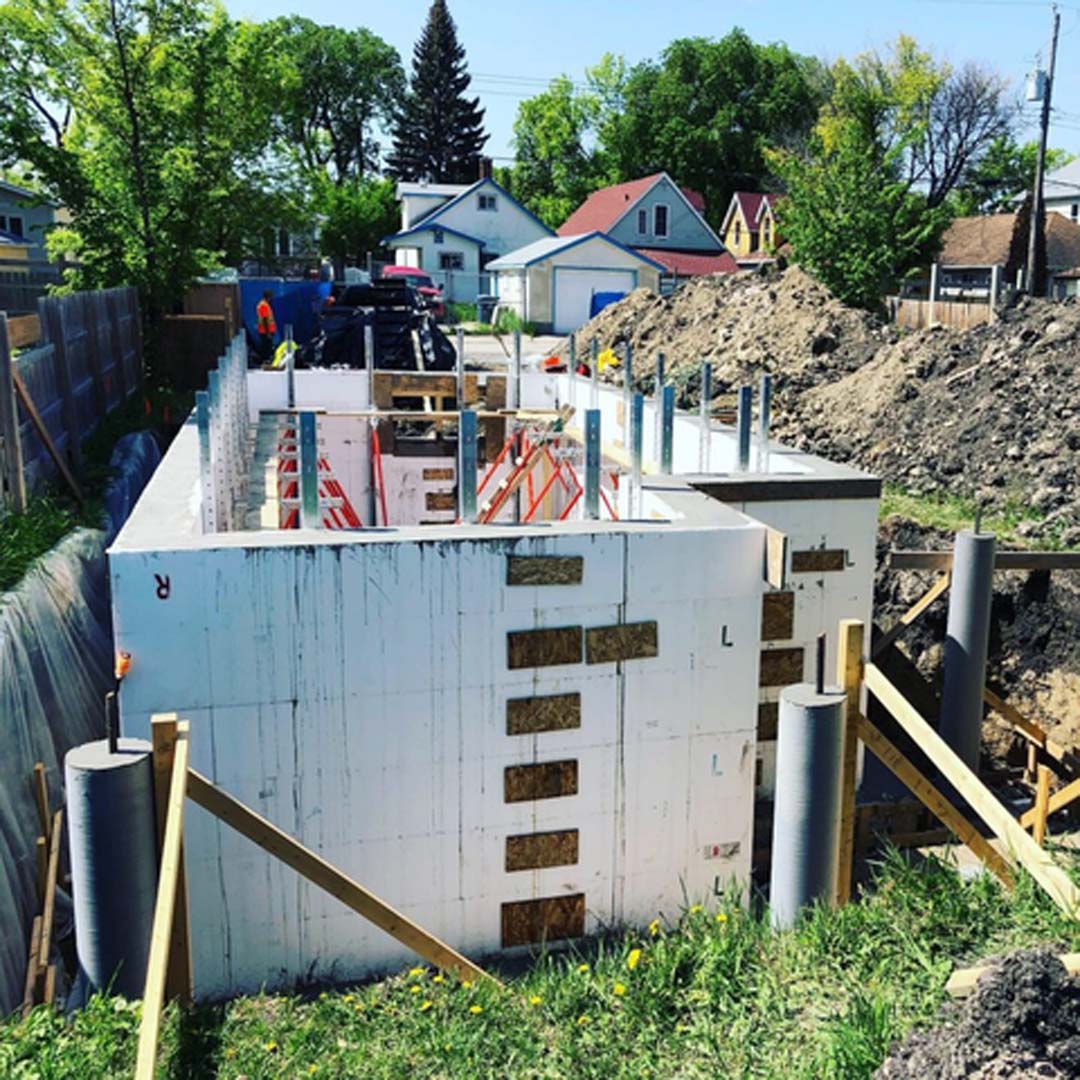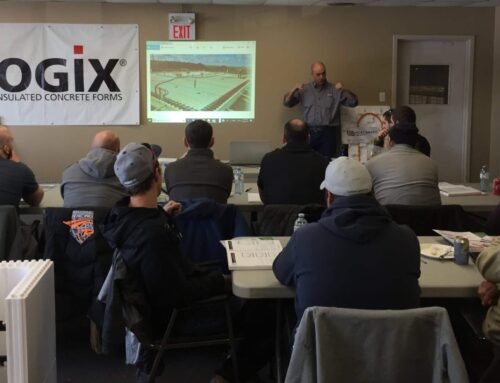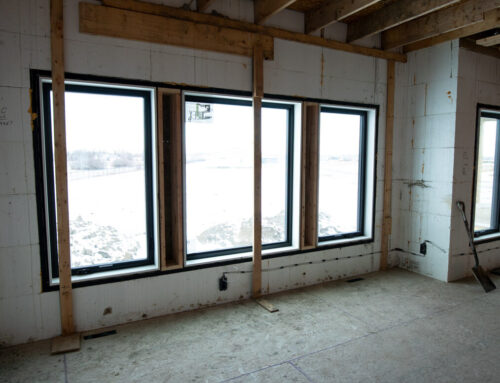Is your construction company facing a lack of skilled labor?
If so, you’re like many other contractors across both Canada and the US. The most recent Contractor Survey reported that 62% of contractors experienced a shortage in the past three years. NAHB similarly reported that builders reported the labour shortage as their “Top Challenge” this year.
Indeed, it’s having a negative impact on builders with the above surveys showing poor growth, increased project costs and delays.
But the good news is that there is a solution. Insulated concrete forms (ICFs) require less labor (and smaller crews) and a lower percentage of skilled labour as well. This blog post will go into more depth about how ICFs can offset your lack of skilled labor.
How ICFs Can Solve Your Skilled Labor Shortage
ICFs can offset the challenges associated with a lack of skilled labour in two ways:
- ICFs Don’t Require As Much Labor
First and foremost, ICFs don’t require nearly as much labor as wood-framed builds, both in terms of hours spent and crew size.
Harvey Schellenberg of Schell Construction built two identical buildings beside each other, one constructed with ICFs and the other with wood, a project you can read more about here. While the wood build required 18,000 hours and a crew of 15 to 20 people, the ICF build required only 12,000 hours and 8 people.
This is just part of the reason why Schellenberg builds with ICFs as you can see in the video below:
- ICFs Require a Smaller Percentage of Skilled Labor
Secondly, ICFs require less skilled labor as well. To illustrate this point, we at the Logix team conducted a survey of installers and others involved in a typical build (such as engineers and architects). The results can be seen below:
| Single Family Dwelling* | Mid-Rise Buildings* (5 Stories) | Commercial Buildings** (30′ Tall Walls) | |
| Skilled Labor Component | -20% | -29% | -54% |
| Total Crew Size | -15% | -25% | -43% |
*versus wood-frame
**versus CMU
One residential builder, Sean Murphy of Hollyhock Construction Ltd., also expanded on the survey results.
We asked him why he thinks ICFs require less skilled labor.
His response?
“Traditional forming crews require specialized workers due to the difficulty of work with form setup and removal and also see much greater turnover due to the hard daily working conditions.”
ICFs also require less complicated designs as discussed by Harvey Schellenberg/
Furthermore, the system condenses six steps into one, eliminating the need for framing of exterior walls, interior and foundational wall insulation, concrete form removal after the foundation is poured and the poly vapor barrier.
ICFs only require basic tools as well and are also very lightweight, resulting in quicker project completion.
Final Thoughts
The skilled labor shortage is causing increased project costs, project delays and ultimately slowed overall growth.
While this may be the case, ICFs offer a way to mitigate this challenge. By requiring less labor (both in terms of hours and crew size) as well as less skilled labor, contractors can offset these challenges.
Content provided by: Andy Lennox, President at Logix Brands Inc












